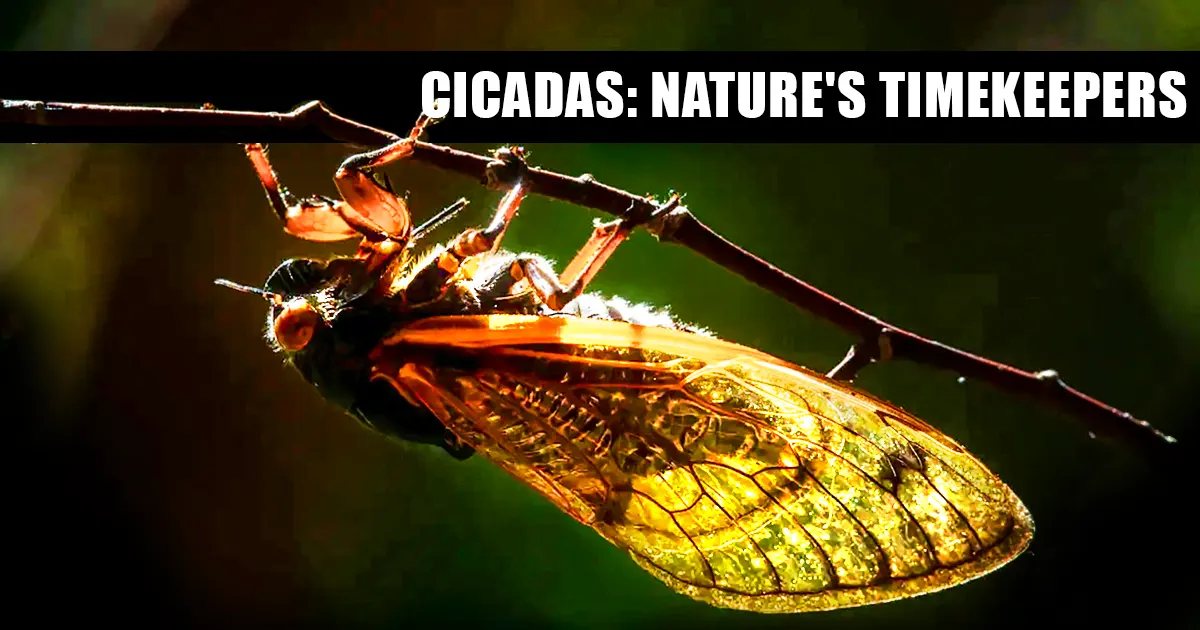
- Taxonomy: Belong to the order Hemiptera and superfamily Cicadoidea. Known as true bugs with piercing-sucking mouthparts and two pairs of wings.
- Life Cycle:
- Cicadas spend most of their lives underground, feeding on plant sap.
- Underground phase lasts 13–17 years for certain species.
- Emergence marks their adult stage, primarily for reproduction.
Habitat and Distribution
- Habitat: Prefer natural forests with large trees and are typically canopy dwellers.
- Geographic Spread: Found on all continents except Antarctica.
- Diversity: India and Bangladesh host the highest genetic diversity of cicadas, followed by China.
Unique Emergence Patterns
- Emergence Types:
- Periodical Cicadas: Three species emerge every 17 years, and another three every 13 years.
- Dual Emergence: Two species emerge simultaneously, a rare occurrence.
- Triple Emergence: Three species emerge together, an event occurring for the first time in 1,547 years.
- Environmental Role:
- Enhance soil aeration by creating exit holes during emergence.
- Improve tree health by enriching soil with organic material left after their emergence.
Characteristics
- Non-Threatening: Do not bite, sting, or transmit diseases.
- Ecological Importance:
- Act as natural tree gardeners, promoting tree growth.
- Create pathways for rainwater and nutrients to penetrate the soil.
Context of Triple Emergence
- The first triple emergence in recorded history occurred recently in North America, last seen as a dual emergence in 1803.
- This rare phenomenon highlights the synchronicity and complexity of periodical cicadas’ life cycles, making them key indicators of environmental and ecological health.




